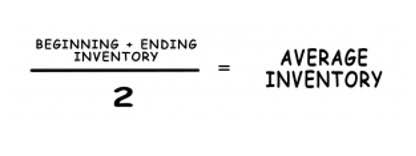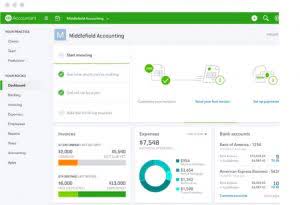Retail Cash Handling Procedures and Best Practices ICL

It is possible to have certain transactions that have been recorded as paid in the internal cash register but that do not appear as paid in the bank statement. An example of such a transaction is a check that has been issued but has yet to be cleared by the bank. Sage 50 Accounting is an on-premise accounting software with convenient and time-saving bank reconciliation features. While it’s not as easy to use as cloud-based solutions, it excels in terms of functionality. Some of its most notable features include invoicing, inventory management and cost code and job cost tracking.

Other reconciliations turn non-GAAP measures, such as earnings before interest, taxes, depreciation, and amortization (EBITDA), into their GAAP-approved counterparts. This type of account reconciliation makes it possible to check for errors and detect any possible fraud. It’s also a good way for someone to get an overall picture of their spending. The errors should be added, subtracted, or modified on the bank statement balance to reflect the right amount. Once the errors have been identified, the bank should be notified to correct the error on their end and generate an adjusted bank statement.
Primer on Trust Accounts — Don’t Use Money & Do Keep Records
The decision of how often to engage in this type of reconciliation depends on the amount of transactions executed each day or week, and the type of cash accounts involved. Even the most careful lawyer or law firm can make an honest mistake cash register reconciliation with an escrow or trust account. Careful adherence to and supervision of the rules will minimize the consequences, but there are certain things that will flow inevitably from a bounced check on an attorney escrow or trust account.

For example, a company may review its receipts to identify any discrepancies. While scrutinizing the records, the company finds that the rental expenses for its premises were double-charged. The company lodges a complaint with the landlord and is reimbursed the overcharged amount. In the absence of such a review, the company would’ve lost money due to a double-charge.
BlackLine: Best for out-of-the-box reconciliations
This crucial accounting task involves verifying that the cash received from sales aligns with the transactions recorded, ensuring financial accuracy. Many believe that if they don’t “steal” their clients’ funds, they are not at risk. Many lawyers in law firms believe that because someone else is responsible for managing the firm’s trust accounts, they themselves are not at risk. Others believe that only dishonest lawyers are disciplined for escrow-account violations. As a general rule, law firms may not keep the interest earned on funds they hold in escrow or in trust accounts. Lawyers who retain the interest without the client’s knowledge or written consent have been publicly disciplined, even when the amounts involved are relatively modest.
- But you also want to make sure that your staff is providing sufficient change to customers and that you never have too much cash on hand.
- Ideally, the figure in the ledger will agree with the physical inventory of the cash on hand, making it possible to consider the books balanced and the totals accurate.
- There is always a possibility of cash getting stolen while at the store or while in transit to the bank.
- The significance of cash reconciliation extends beyond mere financial diligence; it is essential for identifying discrepancies that could indicate errors or fraudulent activities.
- The decision of how often to engage in this type of reconciliation depends on the amount of transactions executed each day or week, and the type of cash accounts involved.
- This kind of technology also speeds up the payment process, reduces human errors and can simplify closings at the end of the day.
The more times cash is handled, the greater the opportunity for errors and shrinkage. Even well-intentioned, honest employees can make errors when it comes to counting cash. For loss prevention, having designated roles for counting and depositing cash reduces discrepancies and limits how many hands are touching the money. When customers pay with a mixture of payment methods, you need to account for it. To make sure you have cash receipt accounting down pat, check out the examples below.
Reconciliation for businesses
Reconciliation must be performed on a regular and continuous basis on all balance sheet accounts as a way of ensuring the integrity of financial records. This helps uncover omissions, duplication, theft, and fraudulent transactions. For a deeper dive into optimizing your cash reconciliation process with automation, exploring comprehensive guides can offer valuable insights and best practices.
- These solutions can even detect counterfeit money right away to prevent fraud.
- If you usually put money in your cash drawer without thinking, you’re not helping yourself.
- Businesses that follow a risk-based approach to reconciliation will reconcile certain accounts more frequently than others, based on their greater likelihood of error.
- When entering check receipts, record the payer’s name, the check number and the amount paid.
- It looks at the cash account or bank statement to identify any irregularity, balance sheet errors, or fraudulent activity.















